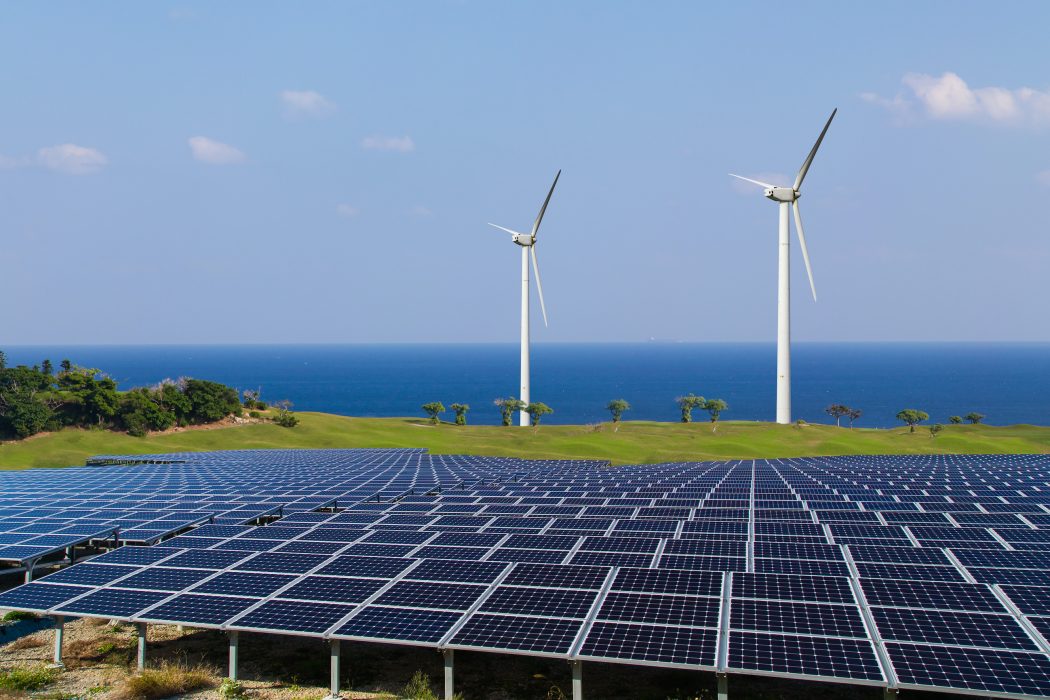The Energy Regulatory Commission (ERC) is still finalizing the pricing method for the “tariff ceiling” that will be used for the renewable energy (RE) capacity auction, which the government aims to do this June.
ERC Renewable Energy Division chief Sharon Montaner said that the regulator has yet to determine the price ceiling for the Renewable Portfolio Standards (RPS) auction. The quasi-judicial body is not also certain at the moment if the pricing would be set per technology or if there would be only one price ceiling across all RE technologies.
The ERC previously noted that the proposed “green energy tariff” benchmark, which will serve as the price ceiling for the RE auction, will most probably be lower than the existing feed-in-tariff (FIT) for RE technologies.
The tariff set for solar in the second wave of FIT-incentivized RE developments had been at Php8.69 per kilowatt hour (kWh), while wind was at Php7.40/kWh. The degressed rate for biomass was at Php6.5969/kWh, while hydro was at Php5.8705/kWh. FIT rates for ocean or tidal in-stream technologies have yet to be set.
The initial RPS bidding, which would be done electronically, aims to cover 2,000 megawatts of stranded RE capacities, or those not previously qualified under the FIT system of incentives. These mostly comprise of solar and biomass plants.
The RPS is an incentive scheme that aims to provide a market to RE projects since this mandates power distributors to source a prescribed percentage of their supply from RE capacities, which is currently set at 1.0 percent increment annually. There is a proposal, though, from the National Renewable Energy Board to hike it to 2.0 to 2.2-percent annual increment.


